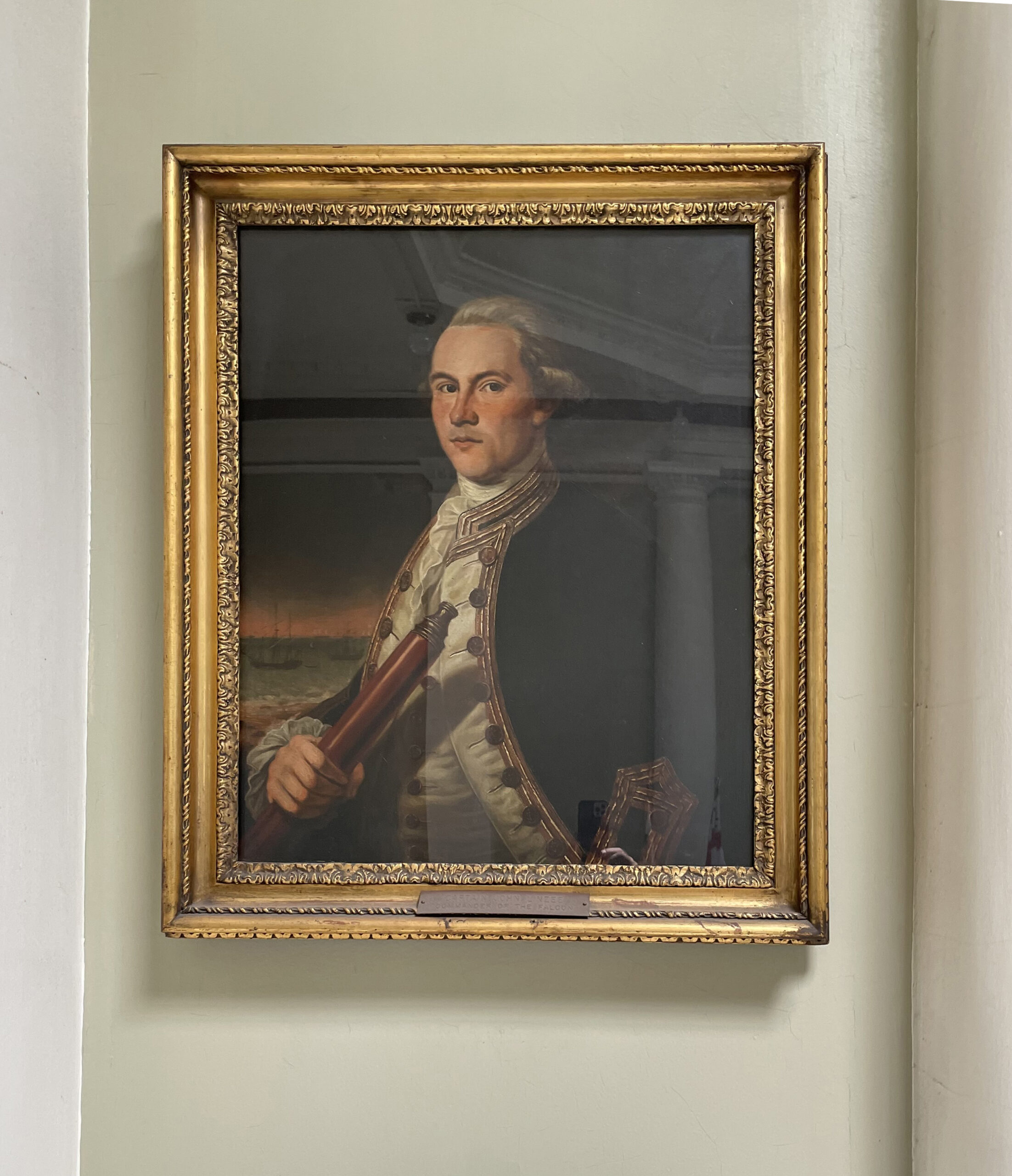
Captain John Linzee
Background
A career naval officer, Linzee (17 43-1798) was posted to New England in 1769. In 1772, he led an expedition patrolling the Rhode Island coast for smugglers. One of his ships, the Gaspee, ran aground near Providence and was later burned to the waterline by local patriots in an act of defiance that helped fuel growing resistance to British taxation policies.
At the Battle
Linzee commanded the British 14-gun sloop-of-war Falcon anchored in the Charles River at the start of the battle. At 1 0AM, Falcon joined the warship Lively off of Morton’s Point and began firing at the rebel forces to clear the way for the British amphibious landing. Falcon continued firing in support of the British advance until 4PM, at which time the ship was engaged in ferrying wounded soldiers across to Boston.
After the Battle
Linzee served with the Royal Navy for 17 more years. He returned to England in 1779, then sailed back to Boston aboard Penelope in 1790. He resigned in 1792 and settled in Milton, Massachusetts, where he died in 1798 at the age of 56.
About the Portrait
Copy painted by Danish-American portraitist Ernest Ipsen from an original owned by Charles Amory, a great-grandson of Captain Linzee. The copy was made in 191 0 and donated to the Bunker Hill Monument Association by Amory. The original is attributed to Sir George Chalmers and was likely painted in 1783 at Portsmouth, England.
On Loan from the Bunker Hill Monument Association
Category:
GalleryDate:
October 6, 2021



